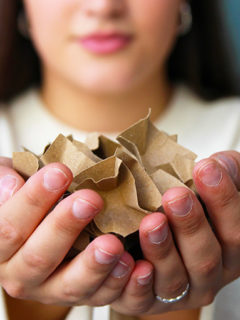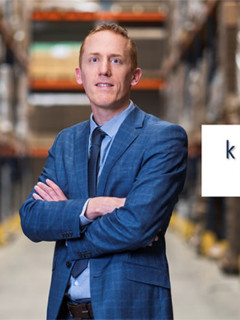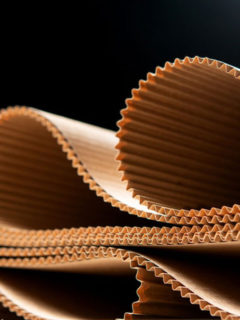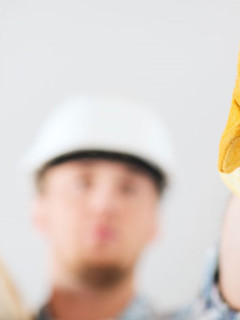Anyone talking about the future of packaging cannot help but stop at the word “sustainability”. To give that ecological character a face, several official labels were created. Do you know the meaning behind all these ecological labels? And how much do your customers value them? You will discover all about it in this article.
1. Overview of ecological packaging labels
To paint the clearest possible picture of the most popular ‘green’ packaging symbols, we have distinguished between international/European labels and regional labels (e.g. from Belgium and the Netherlands).
1.1 European ecological labels
Did you know that the Möbiusloop is the best-known ecological label in Europe? A study in 2020 found that 86% of consumers recognised this logo as a sign that a packaging is recyclable.1 You can find these famous arrows in the logos below, among others:
..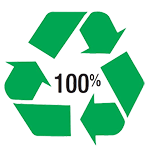 |
. The number within this Möbius loop indicates the percentage of recycled material from which the final product is made. The logo was designed in the late 1970s by American Gary Anderson. It has since been used worldwide as a symbol of recycling. |
. |
. Do you see this symbol? Then you are dealing with a packaging or product that is fully recyclable . This variant of the Möbius loop is mainly used with packaging made of paper or cardboard. |
.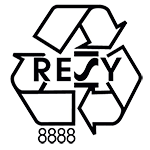 |
. You can already see the RESY symbol popping up on packaging made of paper or cardboard from Germany. It guarantees that the packaging is made of recycled material and can be recycled afterwards. The number under the arrows indicates the manufacturer’s or supplier’s master number. |
.plastic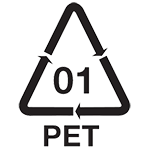 |
. This symbol is used with recyclable plastic packaging. The number indicates the type of plastic from which the packaging is made. It helps consumers sort – which in turn ensures better recycling. View the overview according to the Packaging Identification Codes here. |
Besides the famous Möbius loop from above, there are numerous other official logos and symbols that highlight the ecological nature of a packaging. We list the main types below for you:
.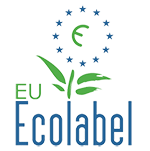 |
. The EU Ecolabel is a label awarded by the EU to products that are better for the environment – without sacrificing quality. Due to the very strict requirements, only 10% to 20% of the products on the European market can carry this label. Examples at RAJA include our cleaning paper, toilet paper and printing paper. |
.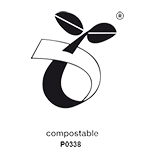 |
Here you can see the ‘seedling logo’. It is managed by European Bioplastics: the umbrella organisation of producers of organic plastics. You can have products with this label composted, but only under industrial conditions.2 Examples are these drinking cups made of PLA. Good to know: this label is only valid when the licensee’s code is also mentioned. This always starts with the letter P, followed by 4 digits. |
.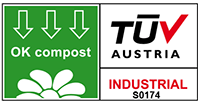 |
The OK Compost certificate states that a product is 90% biodegradable into compost (within 6 months). The term “INDUSTRIAL” refers to the fact that composting is only possible in an industrial facility.2 Good to know: for this label to be valid, the licensee’s code must also be mentioned. This always starts with the letter S, followed by 4 digits. With the same code you can go to the TÜV website additional information about the product. |
| . .  |
This logo is used for products that you can trace to compost, even in your home. Hence the word ‘HOME’. The products in question must be at least 90% biodegradable (within 6 months) and must not contain heavy metal residues. Good to know: this label is only valid when the licensee’s code is also mentioned. This code always starts with the letter S, followed by 4 digits. With this same code, you can obtain additional info on the product via the TÜV website. |
.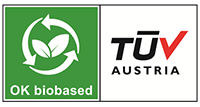 |
. OK Biobased is a TÜV label for products consisting partly of renewable raw materials. The number of stars (from 1 to 4) determines the product’s percentage of organic raw materials. |
. |
. This OK Biodegradable Soil logo indicates that the product contains no harmful substances and is 90% degraded in the soil within a period of 2 years. |
. |
. Like the logo above, this certificate guarantees that the product is 90% biodegradable. In this case for fresh water instead of soil. |
.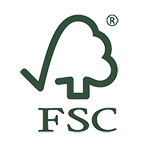 |
The Forest Stewardship Council is an organisation that sees to it that forests worldwide are managed responsibly. FSC works with the same set of rules for this worldwide. Packaging made of paper or wood may carry this logo if at least 70% of it is made of certified material. At RAJA, you will find this label on our pergamine bags, post boxes and paper envelopes, among others. |
.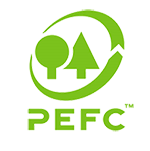 |
. PEFC stands for Programme for the Endorsement of Forest Certification. Products with this logo are at least 70% made of paper or wood from responsibly managed forests. It differs from the FSC logo in that certification is based on ISO standards (determined by an external party that may impose different rules per country). |
.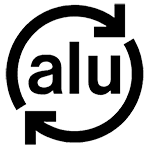 |
. This symbol confirms the presence of recyclable aluminium in the product. Sometimes it simply says “AL” inside the arrow: this is the official abbreviation for aluminium. It is a voluntarily used logo that says nothing about the proportion of recycled aluminium in the packaging. |
.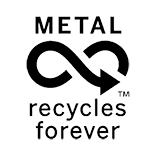 |
. Do you see this symbol? Then the packaging is (completely or partially) made of recyclable metal. Magnets allow these packages to be sorted out of the waste and thus re-melted into new end products. The logo was developed and verified by the organisation Metal Packaging Europe. |
.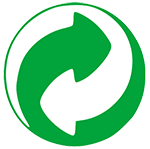 |
The Green Dot indicates that the producer has paid a contribution for the selective collection, sorting and recycling of the packaging material. Although the symbol is not compulsory, the contribution must be paid. This symbol is associated with Packaging Recovery Organisations (PRO Europe), an umbrella association of packaging organisations responsible for the collection and recycling of packaging in their countries. |
1.2 Regional ecological labels
Besides the internationally agreed eco-labels, you of course also have regional variants in force on a national level. We collected below some popular symbols you will regularly come across in Belgium, the Netherlands and our neighbouring countries.
.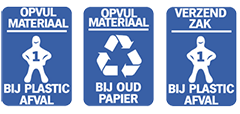 |
. This Dutch discard guide is the result of cooperation between Albert Heijn, Nedvang and Milieu Centraal. These labels help consumers dispose of their packaging materials correctly so that as much waste packaging as possible can be recycled. |
.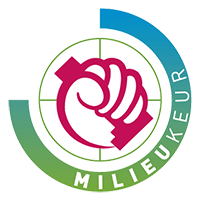 |
. Milieukeur is the national Dutch label for sustainable non-food products and services. This label approves their environmental and quality requirements. Besides packaging and waste, other criteria such as raw materials, energy, climate, water quality and quantity are scrutinised. |
.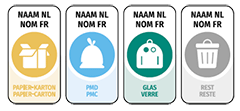 |
. Like its Dutch counterpart, this Belgian throw-away guide from Fost Plus to inform consumers about the different sorting options by packaging material in Belgium. |
.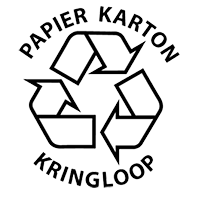 |
. The Paper Cardboard Recycling logo indicates that the packaging can be recycled with the waste paper. It does not provide any information about the production, the product in the packaging or the recycling of paper. This logo is not compulsory and is therefore not checked. |
. |
. The Triman symbol (top left of the image) stems from French legislation (since 2015). It indicates that the packaging is recyclable. It also clarifies which part of the packaging can be recycled and how consumers should sort this separated material. |
.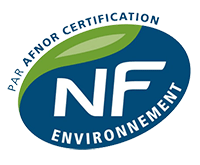 |
. NF environnement is a French label for sustainable products (introduced in 1991). It guarantees that production is carried out in an environmentally friendly way, without compromising the quality of the final product. The label is managed by the Association française de normalisation (AFNOR): a foundation responsible for standardisation. |
.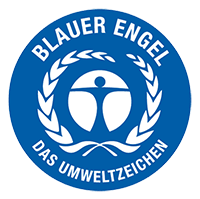 |
. The Blue Angel (der Blauer Engel) is a label of German origin for ecological products, introduced in 1978. The label guarantees that products and/or services are environmentally friendly. The label is anchored in German legislation and falls under the German Ministry of the Environment. |
2. The importance of an ecological label for your business
An eco-label goes far beyond simply providing information to the reader. It contributes positively to your customer experience, brand perception and corporate image. Here, we highlight the 3 main reasons why your packaging should also excel with sustainable labels.
2.1 Meet your customer’s expectations
The average consumer (and therefore also your customer) is becoming increasingly aware of the environmental impact of their daily activities. Whether in a physical shop or online; the packaging they buy should ideally have the smallest possible impact on our planet. By going out as a company with ecological packaging labels, you show that you share consumers’ conviction.
A European study by DS Smith3 (2021) confirms that sustainability is a determining factor in shoppers’ decision making. We gathered some findings below:
- 64% of consumers are willing to shop elsewhere if less packaging is used there.
- 29% of consumers have already stopped buying a brand if the packaging was not sustainable enough.
- 38% of consumers consider packaging labels when making purchases in a physical shop.
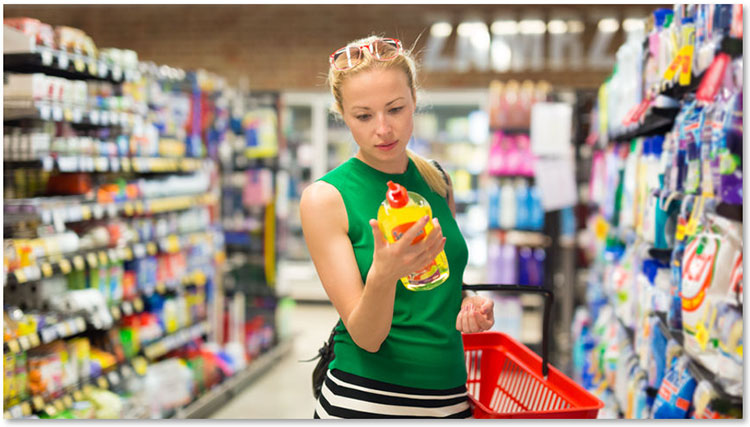
2.2 Make your brand stand out
Those who follow the eco-packaging market closely have probably seen this figure pass by: according to a study by Tonula1 (2020), 44% of consumers would be willing to spend more for a product packaged with sustainable materials.
What does that mean for you? Putting an eco-label on your packaging is an important lever for differentiation and improving your customer experience. These elements help you highlight your added value and make your brand stand out in the eyes of consumers.
2.3 Show your customers the way to a sustainable future
A study by ProCarton4 showed that 52% of European shoppers actively look for products that are packaged in an environmentally friendly way. However, it can be difficult for consumers to determine how sustainable a packaging really is. Ecological labels are an indispensable tool for making the right choice.
The same study also found that only 9% of European consumers consider plastic as an ecological form of packaging. However, many consumers forget that there is also a lot of recycled plastic in circulation today. Or that plastic can also have a biological origin. PLA is a good example of this.
By putting eco-friendly labels on your packaging, you show customers at a glance what kind of meat they are eating. In addition, certain logos help your customers when it comes to recycling: they indicate where the packaging should be deposited and collected. Clear and convenient for everyone!
]3. Ready for a fully sustainable packaging strategy?
If you consciously choose packaging with an ecological touch, then as a company you often already have a line ahead of your competitors. Want to go one step further? Then consider what other points of the packaging strategy you can “green”. Among other things, this starts with the choice of padding and protection inside your package. For example, have you thought about the sustainable alternatives below?
- Corn chips: made of air, water and vegetable starch. They are degradable after contact with water. Ideal for filling empty spaces in your box.
- Cardboard bubble wrap (100% recycled and recyclable): the sustainable alternative to plastic bubble wrap. Ideal for protecting your products from shocks.
- Wrapping paper (100% recycled and recyclable): ideal for wrapping and protecting your products with material from renewable resources.
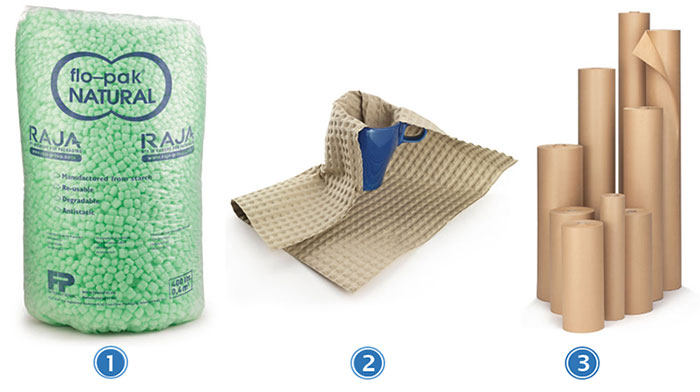
In terms of packaging techniques, you can go about things more sustainably by paying attention to the weight and size of your packaging. You can do that by opting for these solutions, for example:
- Box with variable height: the height of this type of box is perfectly adaptable. Consequently, the smaller your product, the smaller your box can be. Firstly, you save considerably on filling material. Secondly, your packages are much more compact so that more goods fit into 1 truck or van.
- Letterbox box: these boxes are suitable for very thin products. They fit easily in the standard slot of a letterbox. So your orders are often delivered from the first delivery. That is good for a considerable reduction in the number of courier rides. And less driving means less CO2 emissions.
1 Tonula study for Twosides. Les préférences des consommateurs européens en matière d’emballage. (2020)
2 Composting ‘at home’ or in an ‘industrial’ environment (i.e. at a higher composting temperature) depends on local regulations. Check in advance with your waste processor whether such compostable items are allowed in the fraction to be processed. Compostable products are made from renewable resources and therefore have a lower environmental impact than products made from fossil fuels, especially if these products are intended for one-time use.
3 Ipsos & DS Smith study. Sustainable packaging: has the COVID-19 pandemic changed everything? (2021)
4 Study Pro Carton. Étude sur les perceptions des consommateurs européens au sujet des emballages. (2018)











